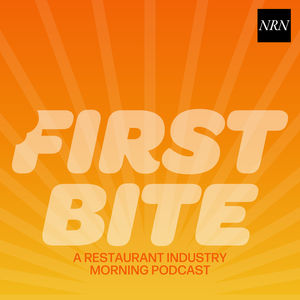Starbucks and the National Labor Relations Board faced off Tuesday at the U.S. Supreme Court hearing of Starbucks vs. McKinney, which will determine the scope of the National Labor Relations Board’s power in stepping in to resolve labor disputes. Starbucks argued before the Supreme Court against a previous district court order that had ordered the coffee chain to reinstate seven previously fired workers in Memphis, Tenn., who were terminated in 2022 during an attempt to unionize the store.
According to the legal representation for Starbucks, the highest court in the land should reconsider the district court decision in part because the NLRB’s request for a temporary injunction was approved on the grounds of a two-factor test, even though other circuit courts use a more rigorous four-factor test to determine if the injunction will be granted.

